How is forest management changing in the 21st century?
REDWOODS magazine: This article was created for our magazine that features redwoods news, breathtaking photos, answers to readers’ questions, stories of how we are realizing our vision for our next century, and how you can help the forest.
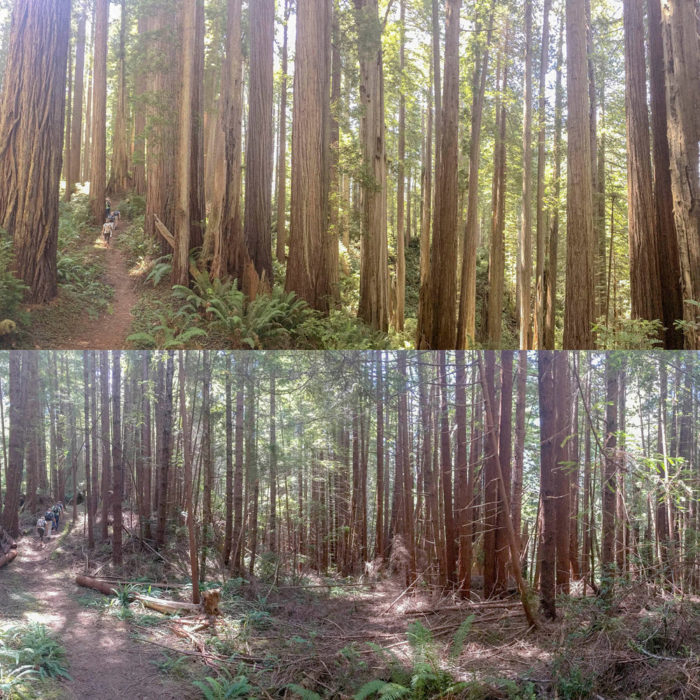
Q: How is forest management changing in the 21st century?
How will those changes affect the redwood forests?
Forestry is changing dramatically. When I started out 65 years ago, foresters viewed forests primarily as collections of trees to be managed for timber production. Since then, our scientific understanding of forests—their structure, the work that they do, and their biological richness—has undergone a revolution. We have come to understand that forests are complex ecosystems that provide humankind with an array of critical services and goods. With this knowledge has come a societal expectation that forest management should restore and sustain that array of values, including clean air and water, wood products, wildlife habitat, and places to enjoy recreation.
Restoring Redwood Forests
This change has direct relevance to the redwood region. Private landowners are more interested in collaborating with organizations to produce outcomes that include both economic and ecological values. In addition, our improved scientific understanding of forest ecosystems makes it possible to manage degraded lands in a way that contributes to their recovery. The redwood region is beautifully suited for restorative management. The productivity of the redwood forest is a great asset: It is possible to manage second-growth forests to restore and maintain their values and pay for that activity with wood harvested from overstocked areas.
Collaborating with Nature
We often think of the wood-products industry as primarily exploiting forests, but these days, when the goal of management is restoration, this industry can be a major ally by purchasing logs, for example, subsidizing some costs of restoration. Today, restoring a forest typically needs to be more than simply standing back and letting nature go its own way. By collaborating with nature through ecologically focused management, restoration can be accelerated and achieve more desirable outcomes. With our current understanding of forest ecosystems, we are well positioned to begin restoring those capacities that have been lost through past management.
Jerry Franklin is a forest ecologist who has been working in Pacific Northwest forests for more than 60 years, and is known as “the father of new forestry.” He co-authored the new textbook, Ecological Forest Management.
Send your question about redwoods to Redwoods@SaveTheRedwoods.org, and we may feature the answer in Redwoods.



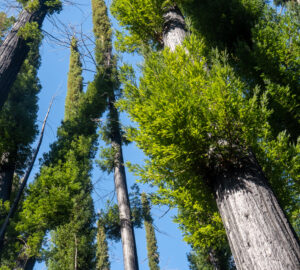
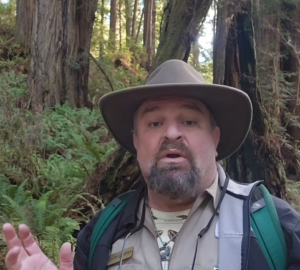

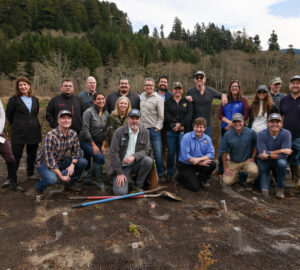
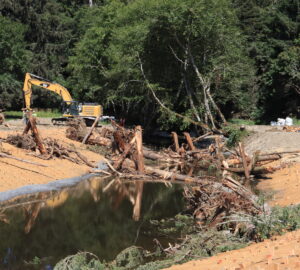
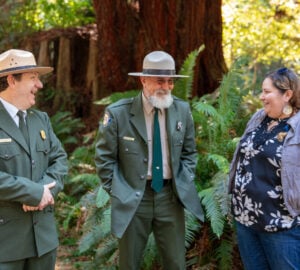
One Response to “Ask an Expert:”
Liza Crosse
My thanks to the Save the Redwoods League for all that you do. While it is important to enable visitors to see and understand Redwood forests, I am concerned that important groves are being overrun. I recently visited Stout Grove on a peak day and noted jammed parking areas with cars squeezed between trees. Also many volunteer trails. If you’re promoting tourism to the redwood groves, more must be done to prevent damage, especially to the soil around the trees.